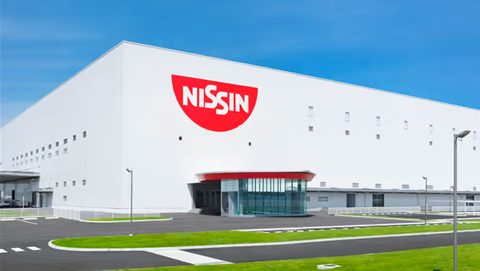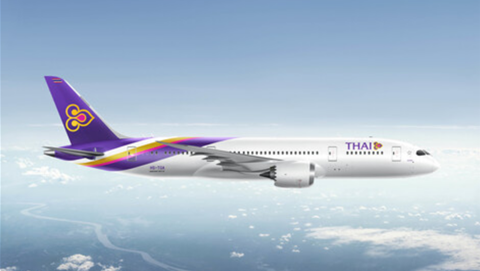PSA Singapore is transforming the container truck ecosystem at the port with a cloud-based transport management system.
The solution, OptETruck, is intended to maximise truck resource utilisation and eliminate operational inefficiencies. It comes with features including automated scheduling and asset pooling for truck drivers.
Singapore is the world's second busiest port in terms of container volume, and PSA is linked to over 600 ports worldwide and handled 38.8 million Twenty-foot Equivalent Units (TEUs) last year.
According to PSA, it has selected location data platform HERE Technologies for the OptETruck solution which is powered by Here Tour Planning and Location Services.
It allocates jobs to drivers based on their location, offering real-time optimisation of routes and truck assignments, it added.
PSA's Assistant Vice President, Community and Digital Solutions, Sriram Ramanujam, said the OptETruck solution has met the needs of Singapore’s trucking community and "sets the stage for a sustainable future, transforming the logistics industry into a well-connected and resilient hub".
He added that PSA is looking forward "to continuing this journey of pioneering innovative solutions with HERE, shaping the future of port logistics and further solidifying PSA's position as a global leader in the port and supply chain industry".
HERE Technologies’ head of supply chain for Asia-Pacific, Kushal Rajveer, said the company designed a solution that utilises location technology to address challenges of the container truck ecosystem around the Port of Singapore.
It will enable PSA to onboard over 50 percent of container trucks entering and exiting Singapore’s port by the end of 2024, Rajveer added.
This system minimises empty runs – truck trips without any freight loaded and ensures drivers are allocated jobs in proximity to the current location.
It improves transit and waiting times, drivers’ well-being and operational efficiency, while reducing carbon emissions.









